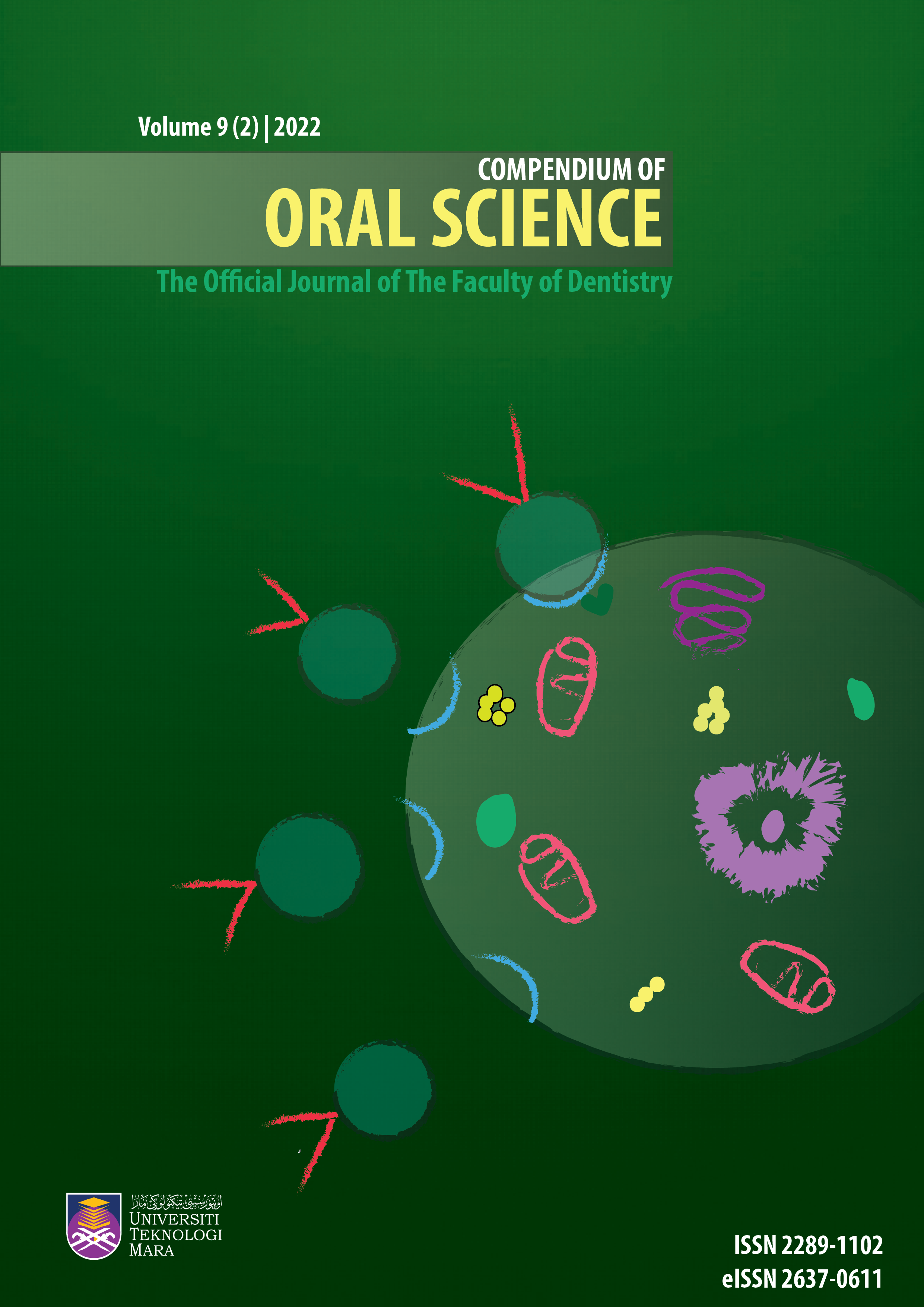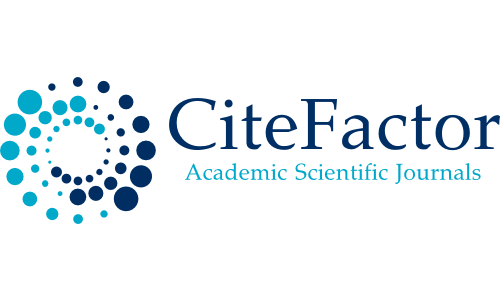Holdaway Soft Tissue Cephalometric Standard for Malay Adults
DOI:
https://doi.org/10.24191/cos.v9i2.19231Keywords:
Soft tissue, Malay adult, Class Skeletal pattern, Holdaway analysisAbstract
Objectives: The aim of this study were: 1. To report facial soft tissue measurements in Class I Malay adult, 2. To compare between gender, 3. And to check applicability of Holdaway values for Class I Malay adults. Materials and Methods: Lateral cephalometric of 20 men and 20 women age 20-30 years with Class I skeletal was selected from Orthodontic Clinic, Faculty of Dentistry UiTM. The subject has no orthodontic or orthognathic surgery done before the radiograph was taken. The radiograph was traced and evaluated by the authors. Cephalometric landmarks were located according to Holdaway analysis. Ten linear and two angular measurements were produced on each radiograph and measured. For each variable, the mean and standard deviation (SD) was calculated using simple t-test (p<0.05). Results: Soft tissue measurements for Malay have significant difference as compared to Holdaway value except for three parameters which are soft tissue facial angle, superior sulcus depth, and soft tissue chin thickness. When compared between genders, male has larger value in skeletal profile convexity, upper lip strain and soft tissue thickness while females demonstrated higher value in nose prominence and superior sulcus depth. Conclusions: It has been concluded that Malay values for Holdaway soft tissue analysis were found to be statistically different. Hence Holdaway soft tissue values are not applicable for use in orthodontic practice for Malay population. Further research to confirm values obtained for Malay population would aid in better diagnosis and treatment planning.
Downloads
Published
How to Cite
Issue
Section
License
Copyright (c) 2024 Compendium of Oral Science

This work is licensed under a Creative Commons Attribution-NonCommercial 4.0 International License.
Materials contained in the journal may be reproduced for educational purposes provided that both the author(s) and the journal are appropriately recognised; otherwise duplication is not permitted. No articles, reports, or portions there of may be translated into other languages, published in books, journals, magazines, or any other print form without written permission from the authors and from the journal.
Disclaimer: The statements, opinions and data expressed in the articles and reports herein are those of the author(s) and not of the publisher and the editor(s). The publisher and the editor(s) disclaim responsibility for any injury to persons or property resulting from any schemes, methods, instructions or ideas referred to in the content.















